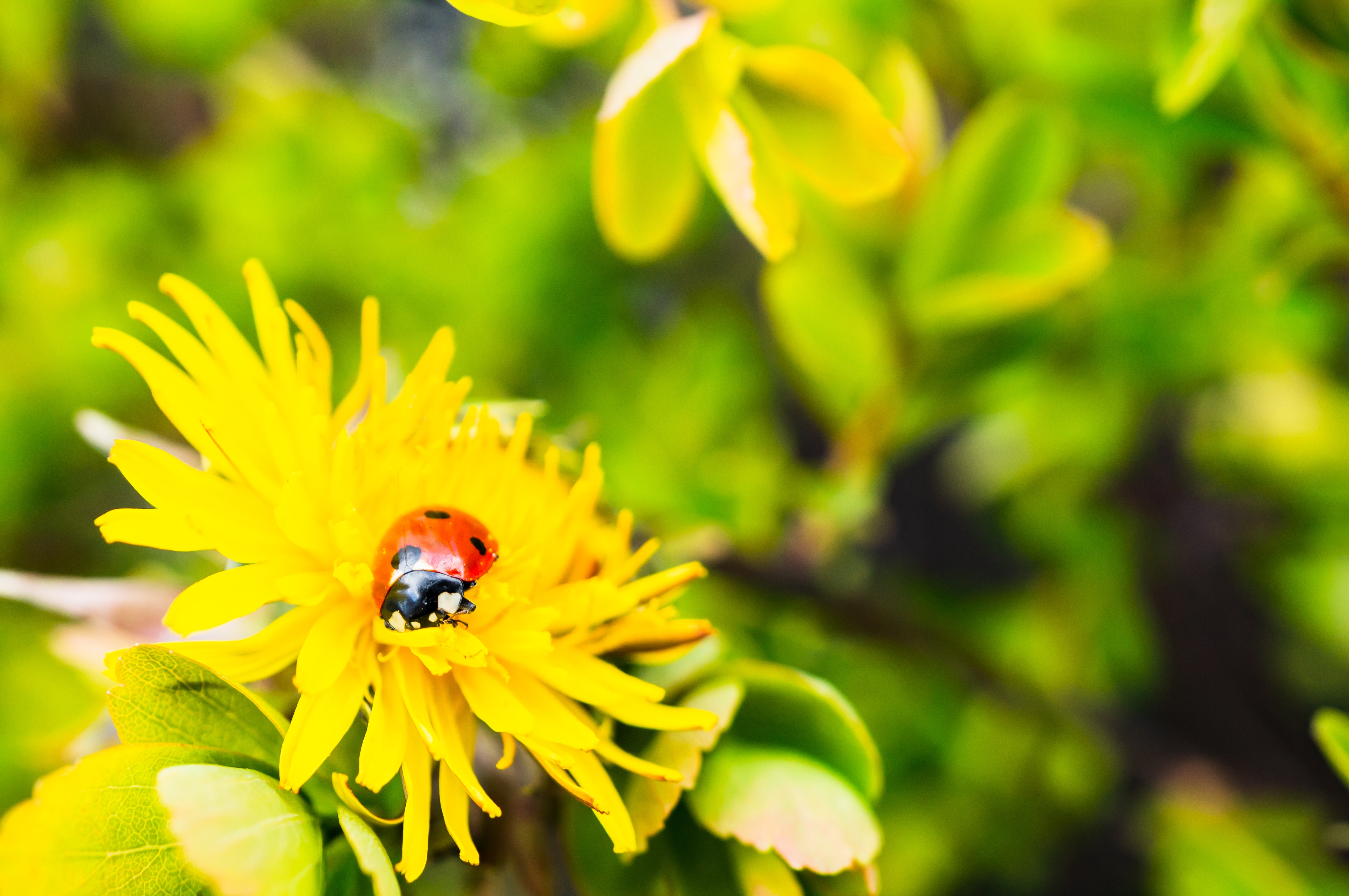Most gardeners are aware of the critical role that pollinators play in the garden, in agriculture, and in the natural world. What might not be as widely known is that there are other kinds of beneficial insects in the garden, namely predatory and parasitic insects that can help to control pest populations!
Some beneficial predatory insects can look quite threatening, so it’s important not to just squish (or spray) any scary-looking bug. Also, it’s often the younger larval and nymph stages that chow down on (or parasitize) pesky garden pests. These young stages they often look nothing like the adult insects we’re more familiar with.
Take for example a lady beetle (ladybug) larva, which looks quite gnarly:
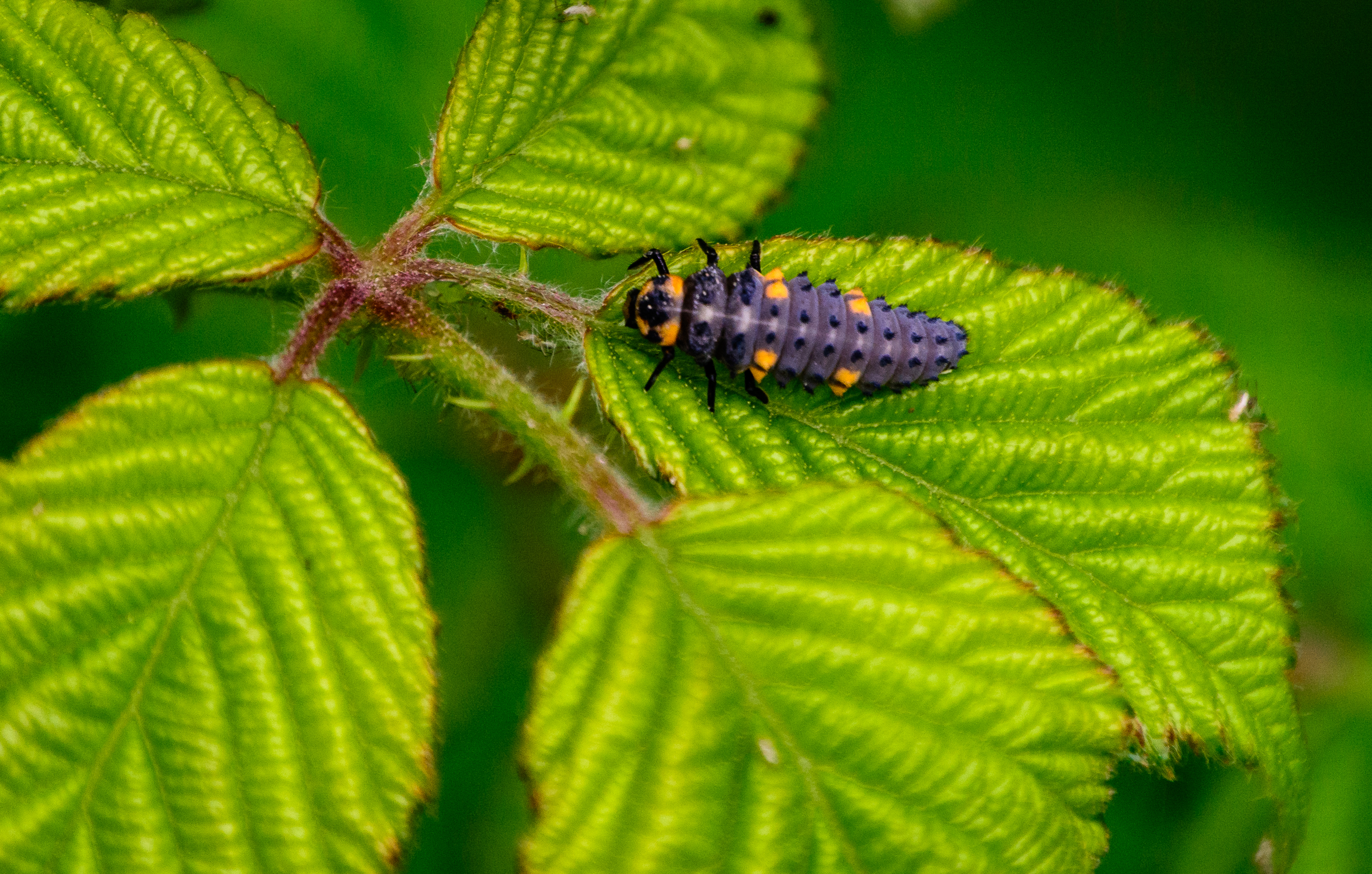
These wild-looking larvae can actually eat more aphids than adult lady beetles! When in doubt, research first before concluding that something is a pest.
To help identify the ‘good guys’ in the garden and which pests they target, we’ve compiled a list of some common beneficial insects:
Predatory and parasitic insects
Aphid midges
Scientific name: Aphidoletes aphidimyza | Click to search on Google Images
Aphid midge larvae feed on around 60 different types of aphids, as well as other soft bodied insects. A single larva can eat from 3 to 50 aphids per day! Adult aphid midges are not predatory; they consume pollen and ‘honeydew’ (sugary secretions). Adults tend to be active at night so you might not detect their presence in your garden.
Big-eyed bugs
Scientific name: Geocoris spp. | Click to search on Google Images
Big-eyed bug adults and nymphs both feed on a variety of small pests including flea beetles, mites, aphids, whiteflies, and others. They tend to be found in low-growing plants, at the base of plants, and hiding in leaf litter on the ground. Big-eyed bugs are also known to feed on plants particularly when prey are scarce, but they rarely cause substantial damage.
Damsel bugs
Scientific name: Nabis spp.
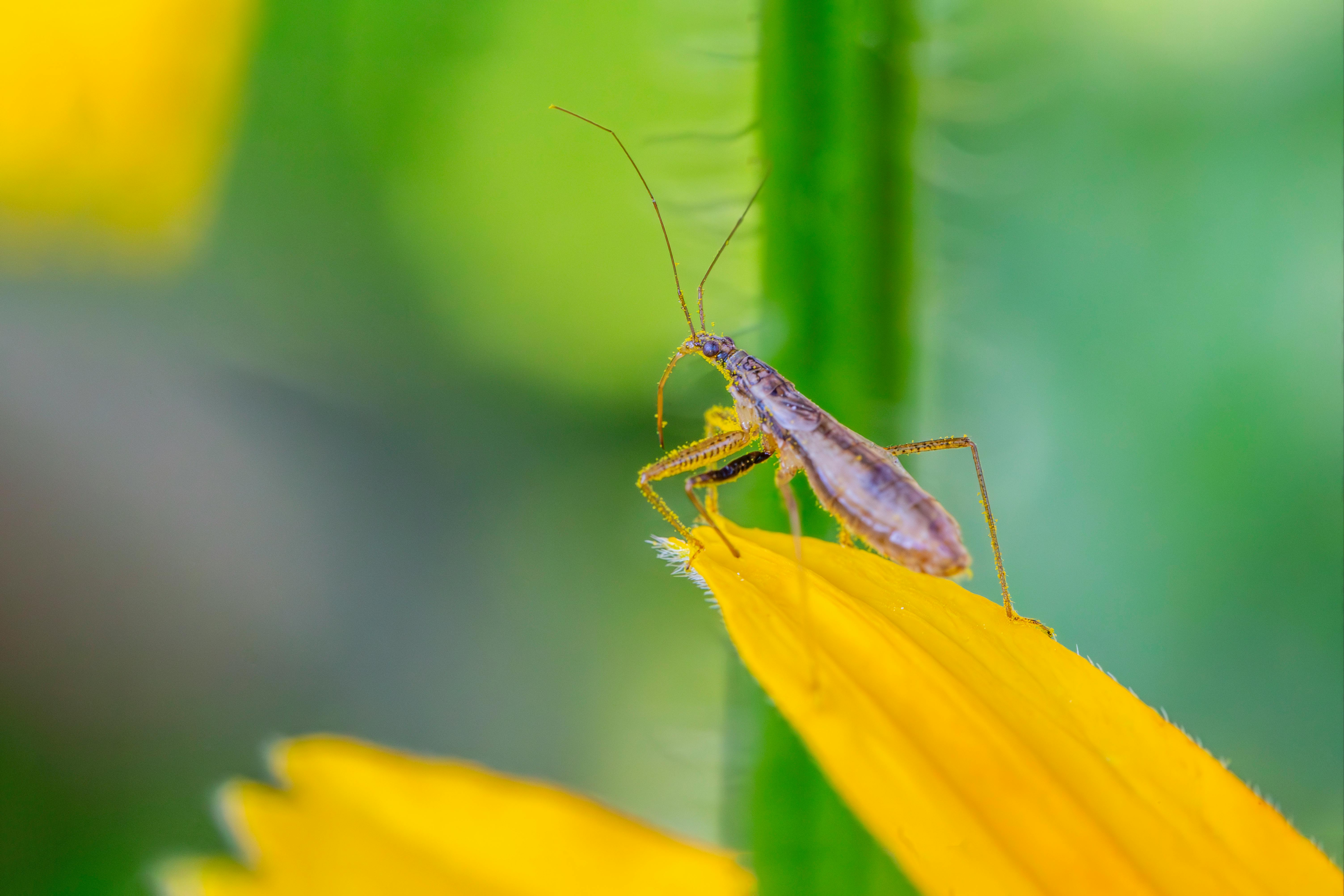
Not to be confused with damselflies (coming up next!) damsel bugs prey on many types of insects and caterpillars at various life stages, including: aphids, spider mites, moth eggs, corn earworms, European corn borer, imported cabbageworms, some armyworms, some beetles, thrips, leafhoppers, tarnished plant bug nymphs, asparagus beetles, and Colorado potato beetle eggs and nymphs. Damsel bugs can also feed on plants but they do not cause plant injury.
Dragonflies and damselflies
Scientific name: Order ‘Odonata’

Dragonflies and their smaller relatives, damselflies, eat prolific quantities of mosquitoes, gnats, moths, and practically any small flying insects. While they are considered beneficial in the garden and the ecosystem, larger dragonflies can sometimes prey on other beneficial insects like butterflies, bees, and smaller dragonflies. Dragonflies and damselflies tend to live near wetlands, ponds, and streams, so adding water features to your garden may help attract them.
Ground beetles
Scientific name: Agonum spp., Calosoma spp., and others | Click to search on Google Images
Ground beetles are nocturnal predators that prey primarily on soil-dwelling pests such as wireworms, armyworms, cutworms, maggots, slugs, and snails, as well as aphids, cucumber beetle and Colorado potato beetle larvae. There are many different genera and species of ground beetles. Some types will feed on plant tissue and seeds- they can put a considerable dent in the weed seed bank! Ground beetles prefer moist environments and they like to hide out in garden mulch.
Lacewings
Scientific name: Chrysopa spp., Chrysoperla spp., and others
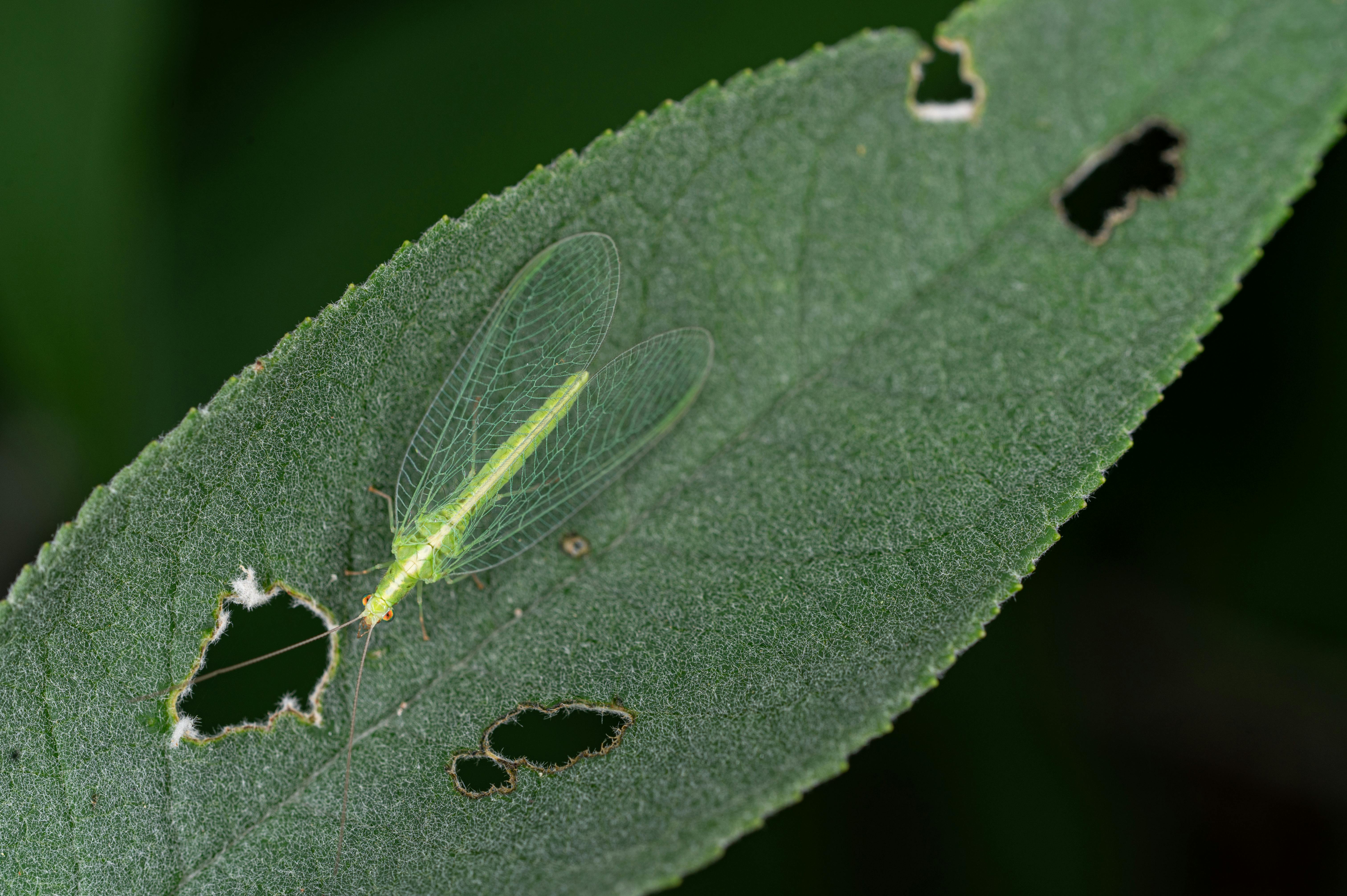
Lacewings are green or brown flying insects with delicately patterned wings that do indeed look like lace. Lacewing larvae eat a wide variety of small, soft-bodied garden pests including: aphids, mites, thrips, mealybugs, whiteflies, leafhoppers, moth eggs, and some beetle eggs. Lacewing adults feed mainly on pollen and nectar.
Lady beetles (ladybugs, ladybirds)
Scientific name: Family ‘Coccinellidae’
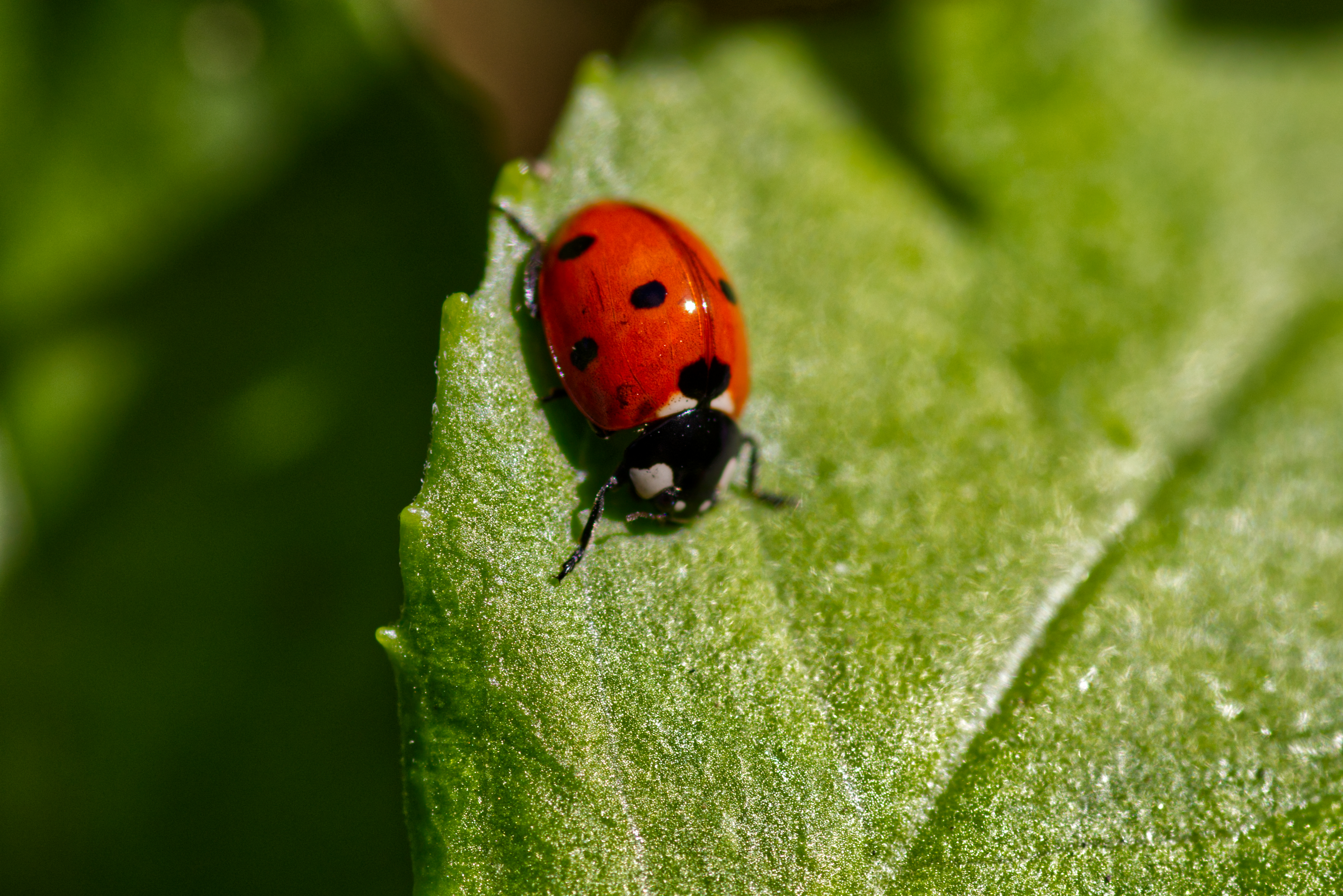
Lady beetles consume large quantities of aphids, mealybugs, spider mites, scale insects, and other soft-bodied insects throughout their entire lifecycle. When prey is scarce some species will feed on pollen. Lady beetles are overwhelmingly considered beneficial, although there are a few specific species that can be garden pests such as the Mexican bean beetle (Epilachna varivestis).
Asian lady beetles have been introduced to North America and are now widespread. They can be somewhat of a nuisance when they try to enter homes and buildings in fall, and they can outcompete native lady beetle populations. However they are also valuable pest-hunters. If they happen make it indoors you can vacuum them up but it is not generally recommended to control them outdoors.
Minute pirate bugs (insidious flower bugs)
Scientific name: Orius spp. and others | Click to search on Google Images
Minute pirate bugs are fast-moving predators that eat aphids, spider mites, thrips, springtails, leafhoppers, insect eggs, and some small caterpillars throughout their lifecycle. If prey run our they will turn to pollen and nectar as a food source. Minute pirate bugs look quite pest-like in both the nymph and adult stages but they are beneficial. They do sometimes bite humans, especially in the fall, but the bite is minor and they do not transmit diseases.
Parasitic wasps
Scientific name: Families ‘Ichneumonidae’, ‘Braconidae’, and others
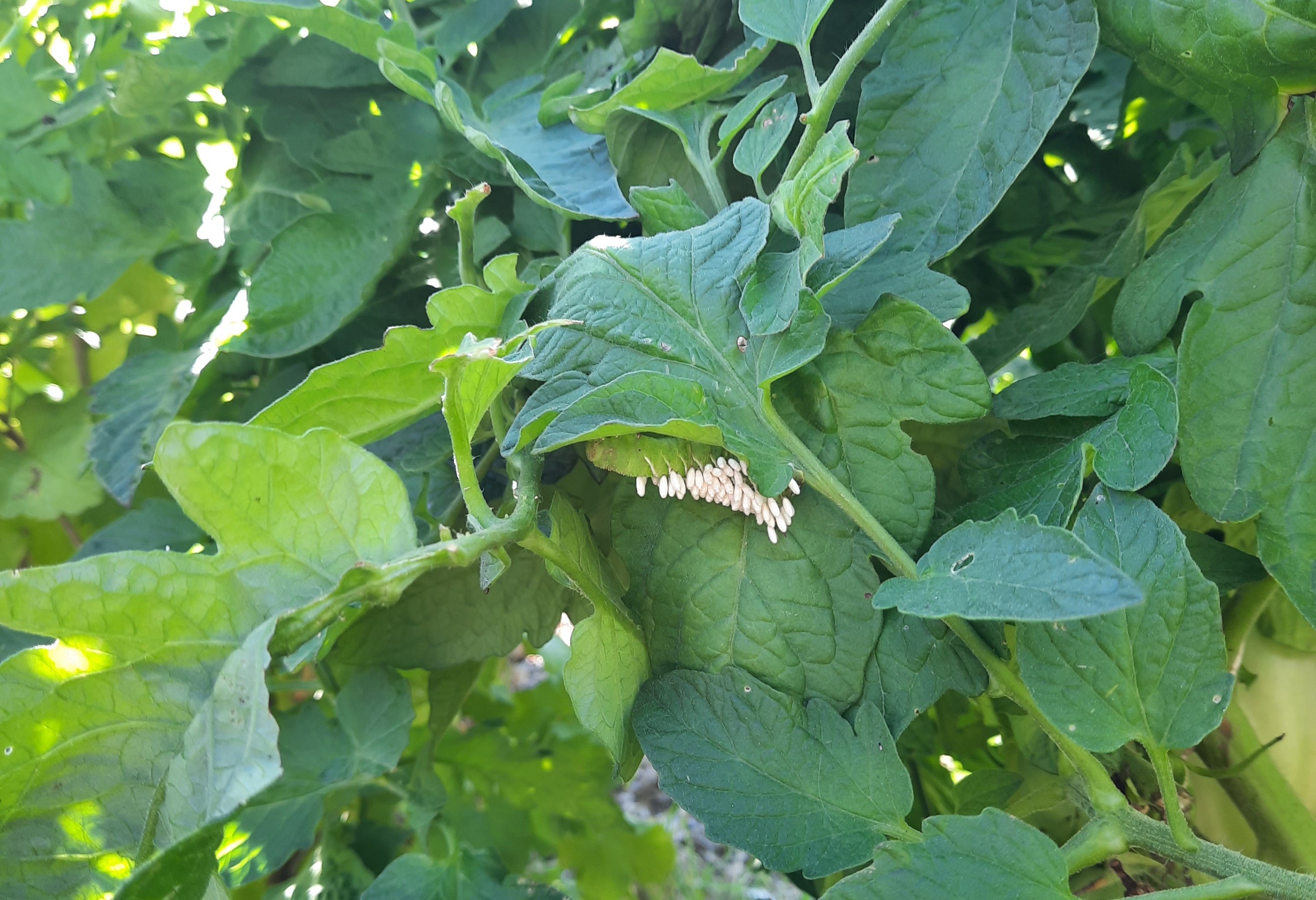
There are many different types of parasitic (and predatory) wasps. Unlike predatory wasps though, parasitic wasps do not sting. Some of the most well known parasitic wasps are braconid wasps which parasitize caterpillars including armyworms, cabbage loopers, imported cabbageworms, fall webworms, and hornworms. They can also parasitize aphids. Other species of parasitic wasps will attack moth and butterfly eggs, beetles, thrips, and more. For the most part adult wasps feed on pollen, nectar, and honeydew.
Praying mantids
Scientific name: Family ‘Mantidae’
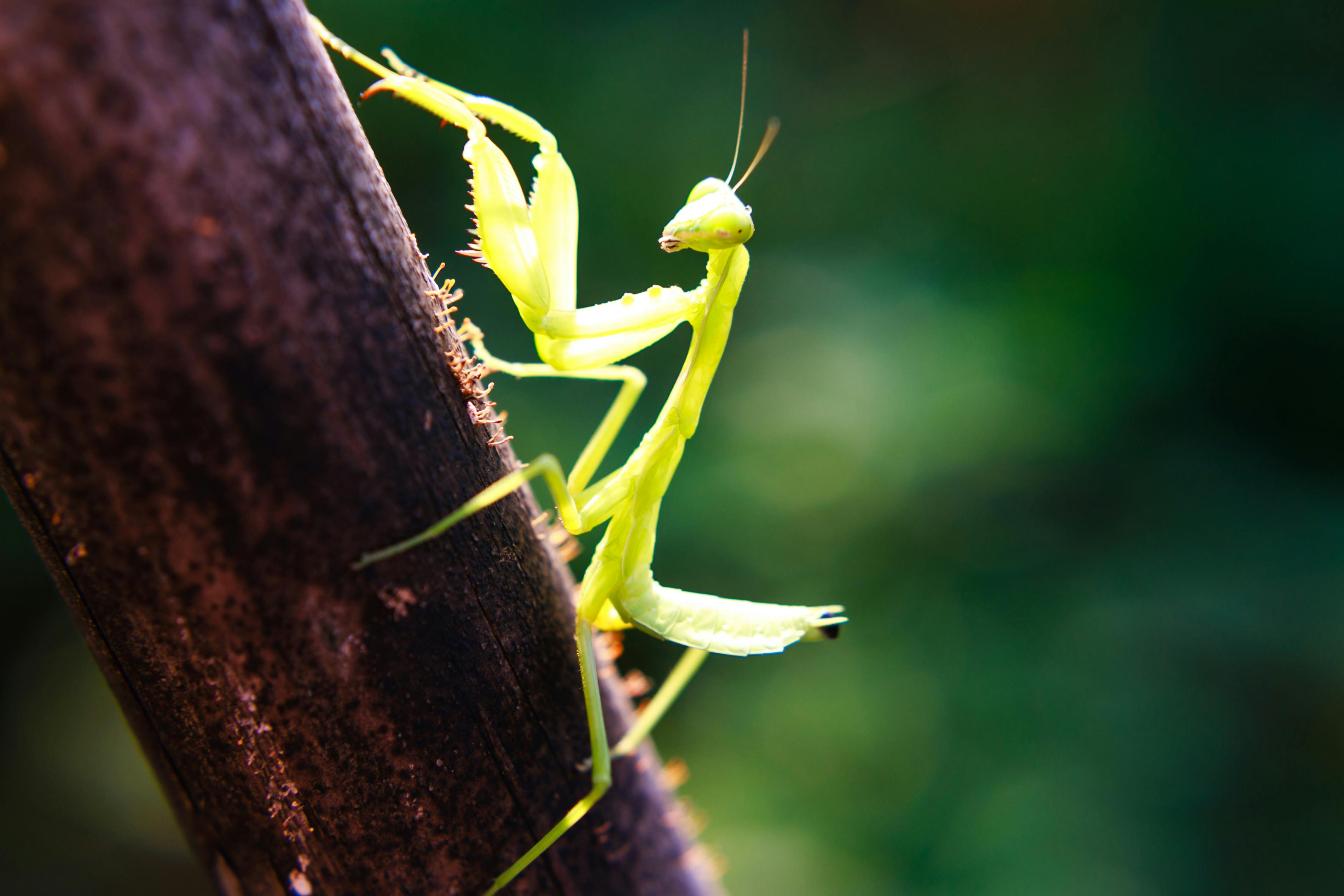
Praying mantids are fearsome predators. Adults can attack larger pests like caterpillars, crickets, and cockroaches, and juveniles can consume considerable quantities of aphids and smaller pests. While they are highly effective pest-killers, mantids are just as likely to target beneficial insects likes bees and butterflies- and even each other! They should not be killed as they do have some benefits, but it’s better to focus on attracting other beneficial insects.
Syrphid flies (hoverflies, flower flies)
Scientific name: Family ‘Syrphidae’
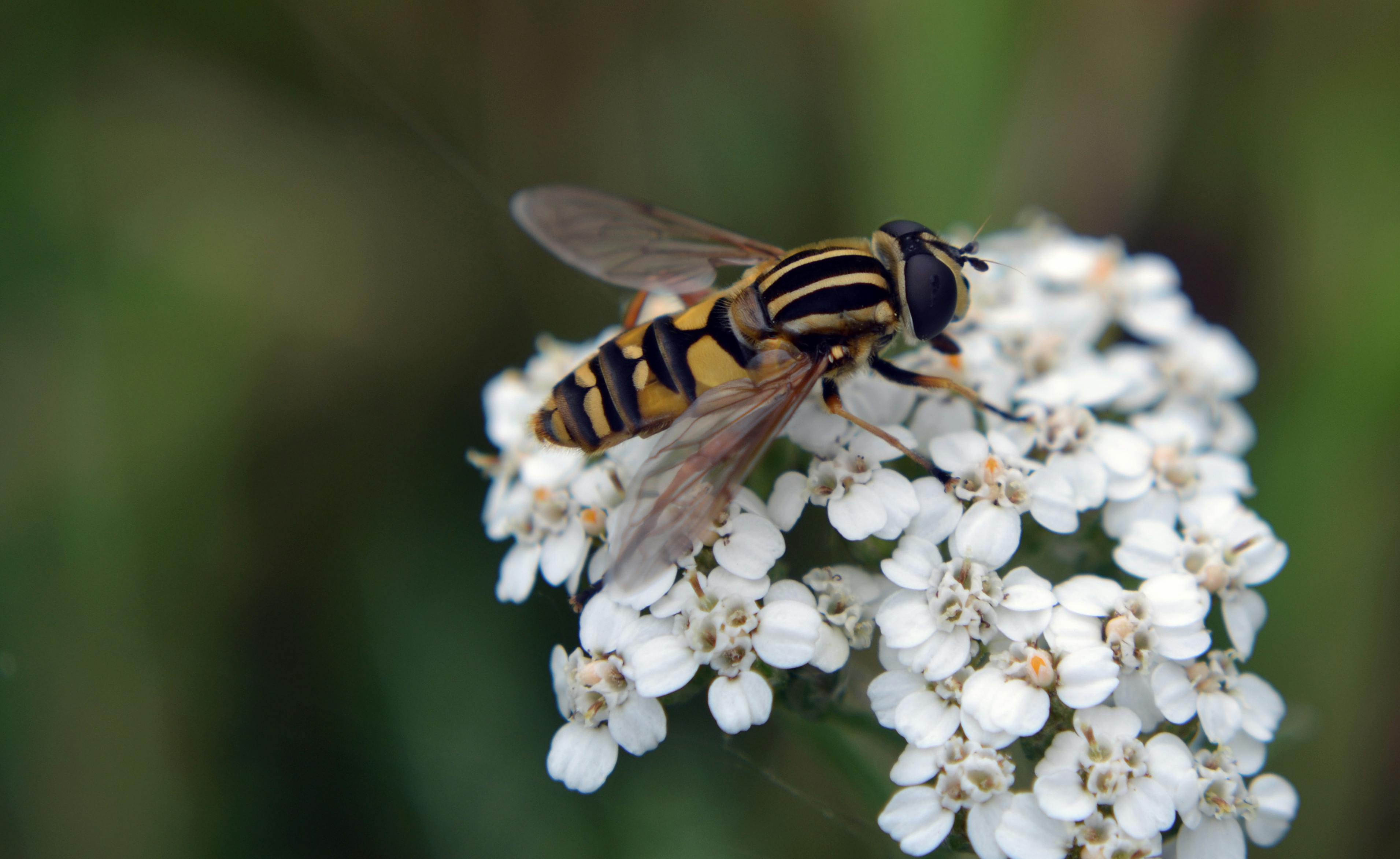
Syrphid flies are also known as hoverflies or flower flies. They look somewhat like a bee crossed with a fly, although they do not sting. The adults can be found, as the names suggest, hovering around flowers to collect pollen and nectar. Adult syrphid flies are effective- and often underappreciated- pollinators. Syrphid fly larvae on the other hand are voracious predators. They eat pests such as aphids, mealybugs, thrips, leafhoppers, scale insects, mites, and even some caterpillars.
Tachinid Flies
Scientific name: Family ‘Tachinidae’ | Click to search on Google Images
Tachinid flies are a large family of parasitic flies that play an important role in pest control in the natural environment and the garden. There are many, different-looking species of tachinid flies and can be difficult to distinguish some of them from houseflies. Others look somewhat similar to bees and wasps. Adults feed on honeydew and nectar, while their larvae parasitize caterpillars, stink bugs (including squash bugs), beetles, and grasshoppers (typically they feed on eggs and larvae).
Caveats with beneficial insects
If you’re looking for more natural ways to keep pest damage to a minimum in your garden, it’s helpful to become familiar with beneficial insects and which pests they eat. To support beneficial insect populations in your garden, try to avoid using insecticides as much as possible. Keep in mind, though, that attracting beneficial insects is a medium-to-long-term strategy. If you have a major pest infestation you may want to take action.
It’s also important to know that while there are some predatory insects available to purchase, they are generally used in enclosed commercial greenhouses. If they’re released outdoors many of them may leave your garden. It can also be difficult to time the release to be effective, and to be sure that the purchased insects will prey on the exact species of pest that you’re dealing with. Besides questions of effectiveness, there are considerations with how some beneficial insects are harvested, and whether it’s harmful to move insects from one area to another. Generally, it’s better to attract local beneficial insects to your garden rather than to buy them. For information on plants that can help attract beneficial insects to your garden, check out this article: What Are Insectary Plants?
